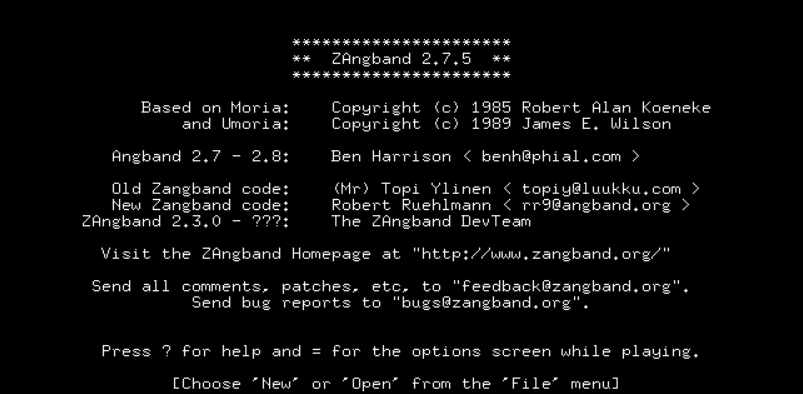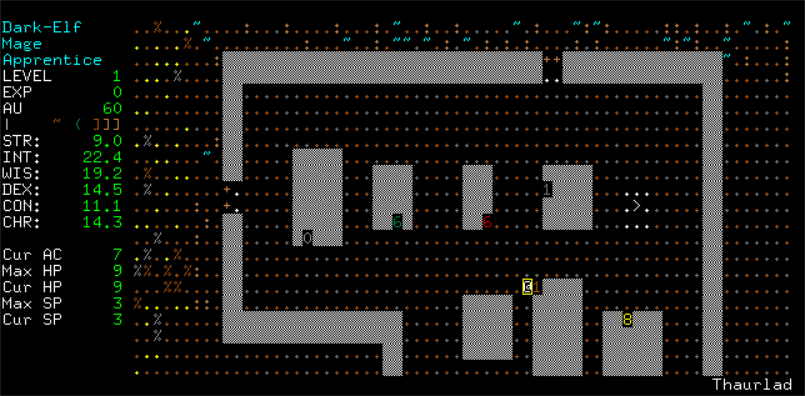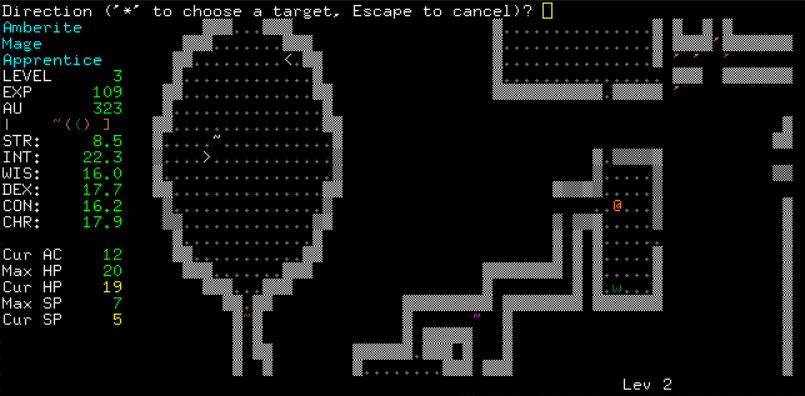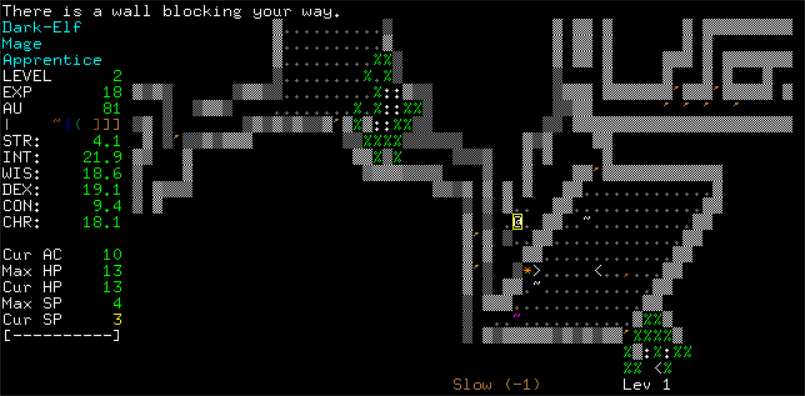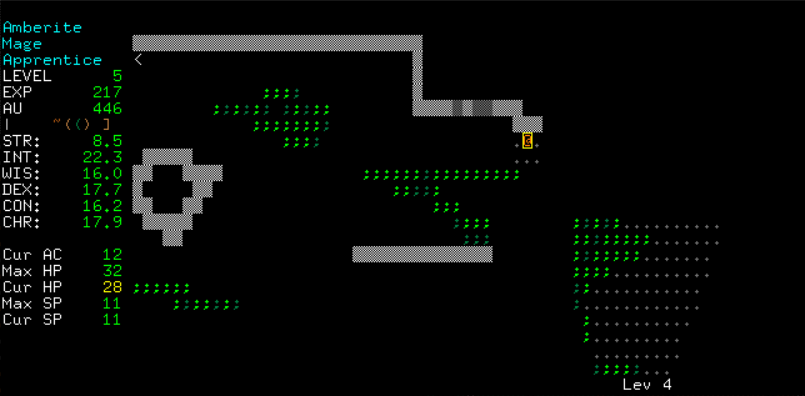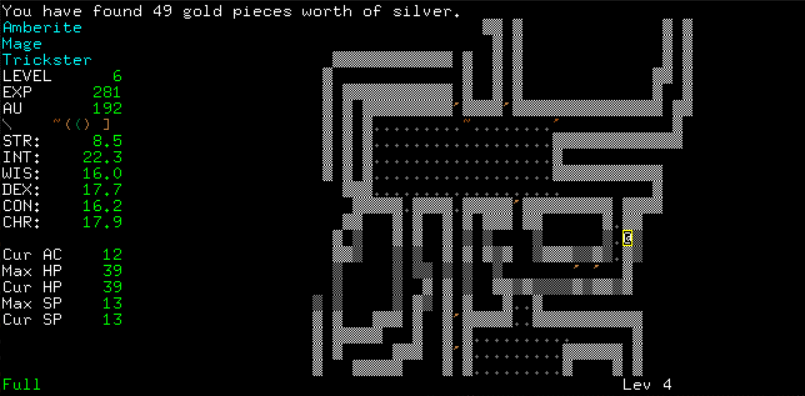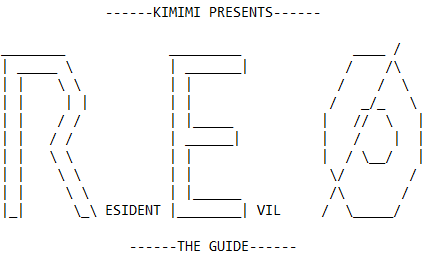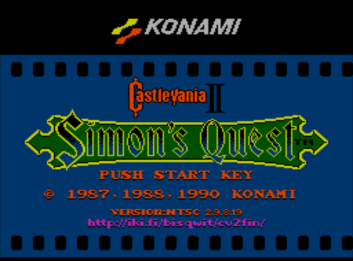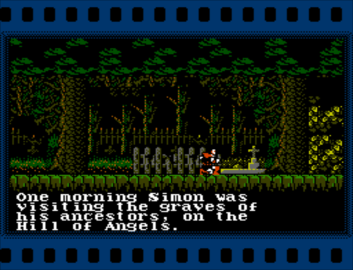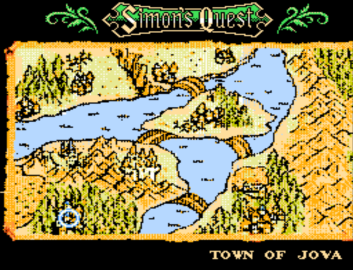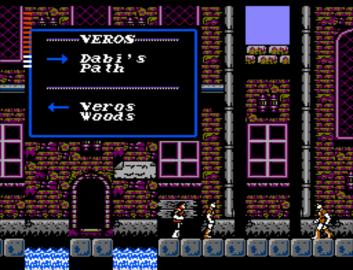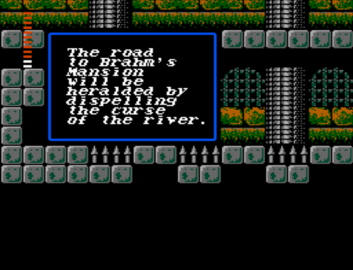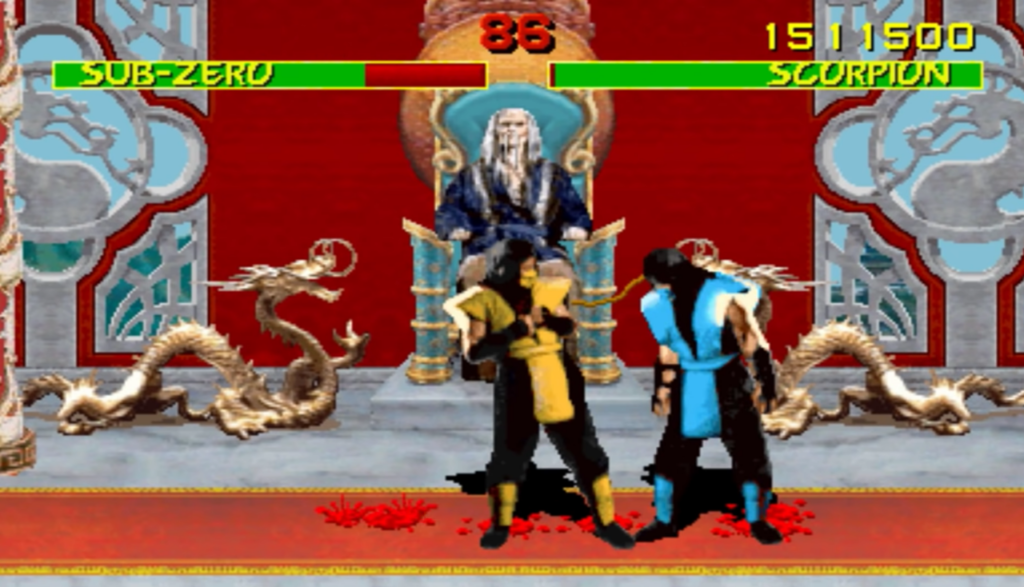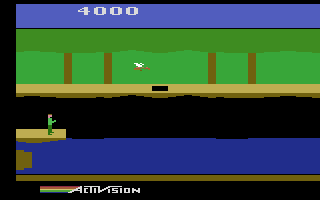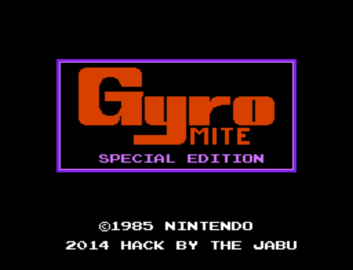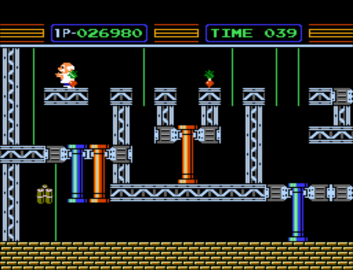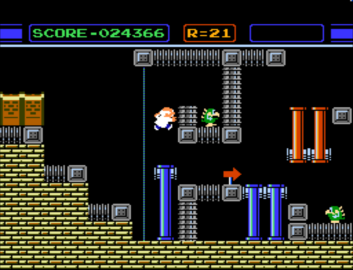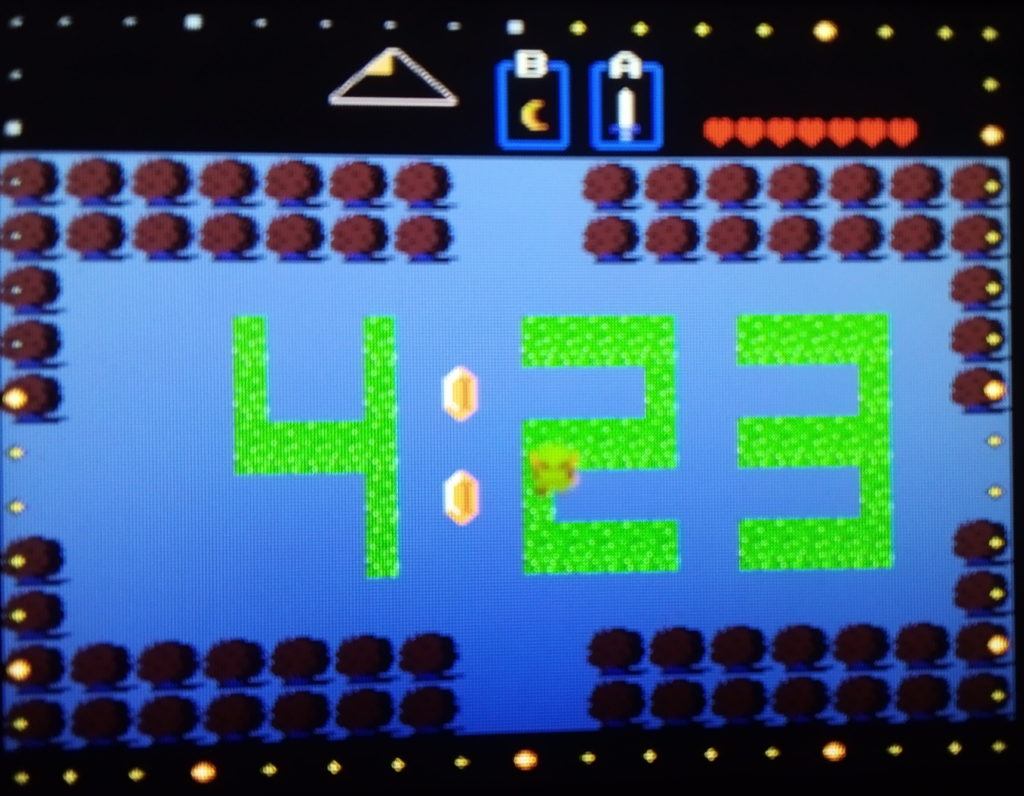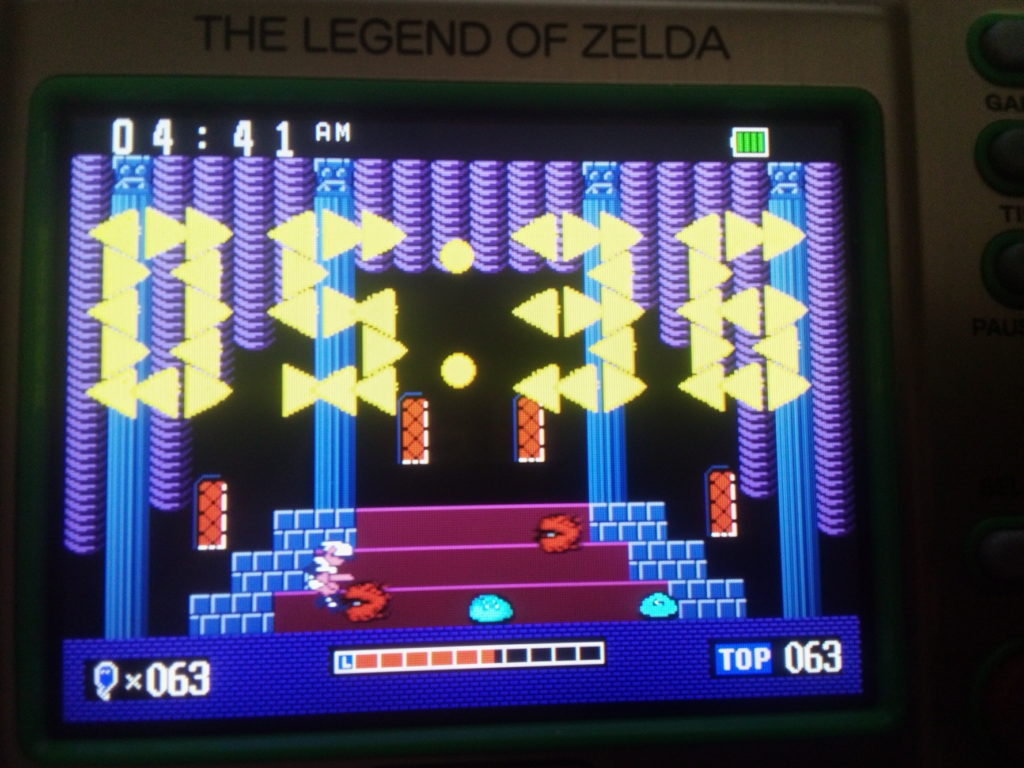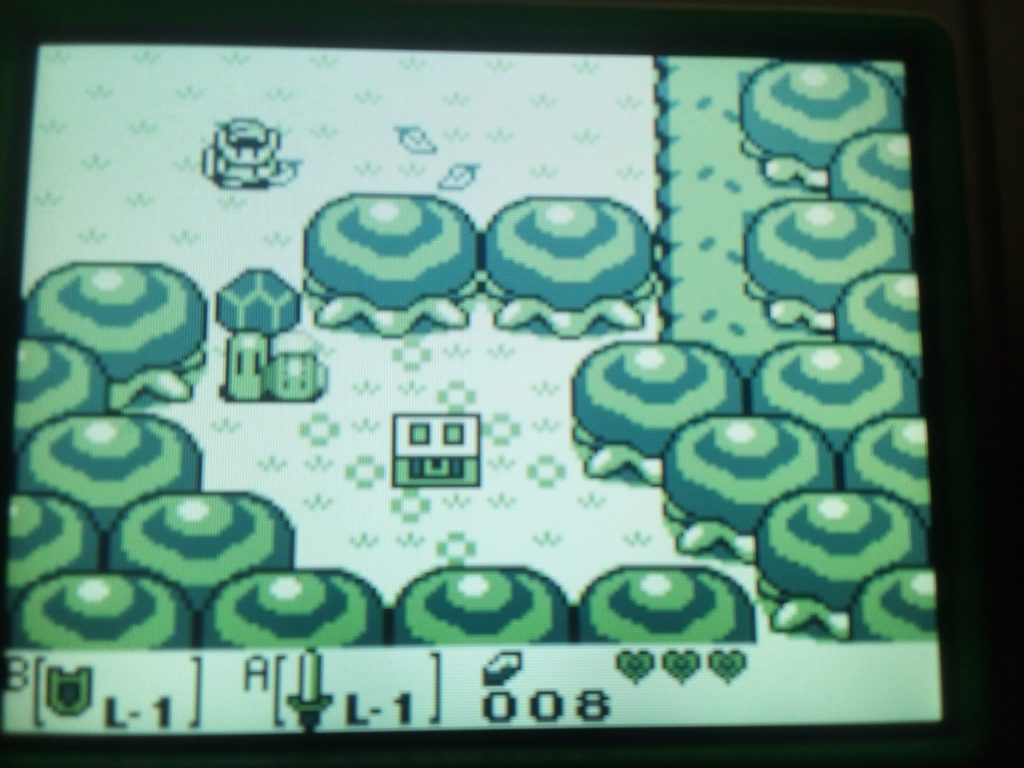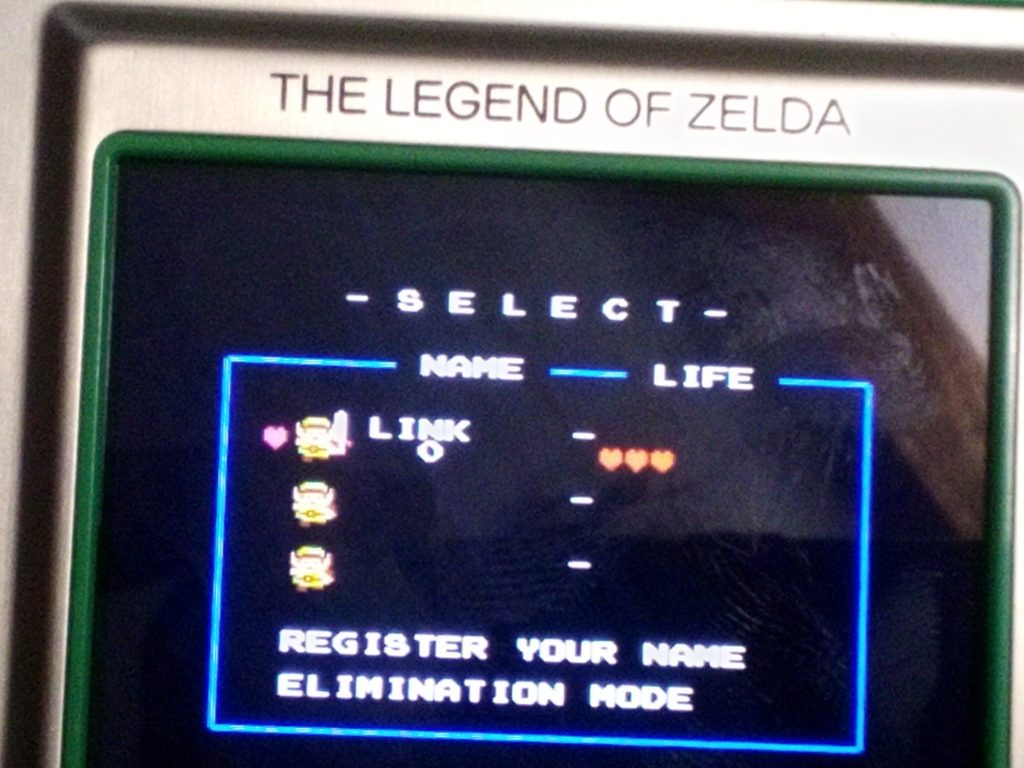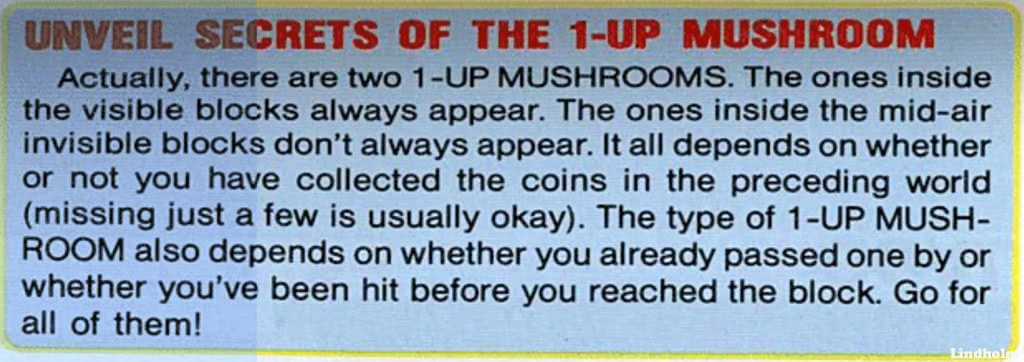
On Romhack Thursdays, we bring you interesting finds from the world of game modifications.
The early days of JRPGs contain many games that are kind of difficult to play today. The genre was just getting formulated, and while there was a lot of ingenuity and interesting ideas being played with, there were also many games where difficulty, and grind, were the entire point. When a game as simple as Dragon Quest, known first in the US by its localized title Dragon Warrior, had to justify its sale price, it had to present players with an experience that would be as long as a challenging NES platformer, or longer, within its limited memory space, and it did so with grind, asking players to accept fighting hundreds of monsters one-on-one in a basic menu-based combat simulation as fun enough to make up for most of the game.
At the time, in Japan, it worked, but it’s telling that Dragon Quest II has much deeper combat, and many more kinds of monsters, than its predecessor had. Dragon Warrior had a tough time breaking into the US market because of its simple gameplay, enough so that eventually Nintendo, who published the game in North America, resorted to giving away copies as a subscription premium for Nintendo Power.
What was a tough sell to Western players even then is much more difficult to enjoy now. Compare it to the much deeper, not to mention longer and better animated, titles made later in the series. It’s mostly enjoyable only for nostalgia factor and historical interest.
I’m not going to claim it fixes everything the game, but this hack improves its play a lot by decreasing gold prices and experience requirements ten-fold. It decreases costs: changing the earn rate of these quantities would very quickly hit Dragon Warrior’s fairly low variable caps, since the game stores both in 16-bit values. You can take the 120 gold you get from the King’s chest, buy an 18 gold Copper Sword in Brecconary, then run to the north-west to Garinham and buy the sturdy Half Plate armor for 100! With these items, even at low levels, you should be able to vanquish all of the enemies in this section of the map, except perhaps Magicians, whose Hurt spells bypass armor. But it only takes defeating one Slime to reach Level 2, two more for Level 3, and two more than that for Level 4. Slimes won’t suffice for long, but by that point you can munch on much stronger foes. This greatly reduces the number of fights a player must win to complete the game, and makes it possible to finish in less than two hours.
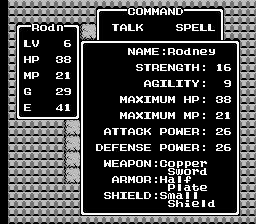
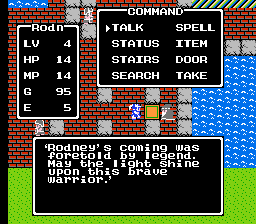
Preserving some modest amount of challenge, the gold costs of Inns are left the same, making them effectively ten times more expensive. Inns were never very expensive in the unmodified game, so this makes staying the night to restore your HP and MP more of a strategic choice. A tip: remember there’s a guy in Tantegel Castle who will restore all your MP for free!
If even a two-hour Dragon Warrior is too much effort for you, you could watch this playthrough of the hack on Youtube, which is about an hour and a half in length:
romhacking.net: Dragon Warrior – 10x Experience and 10x Gold


